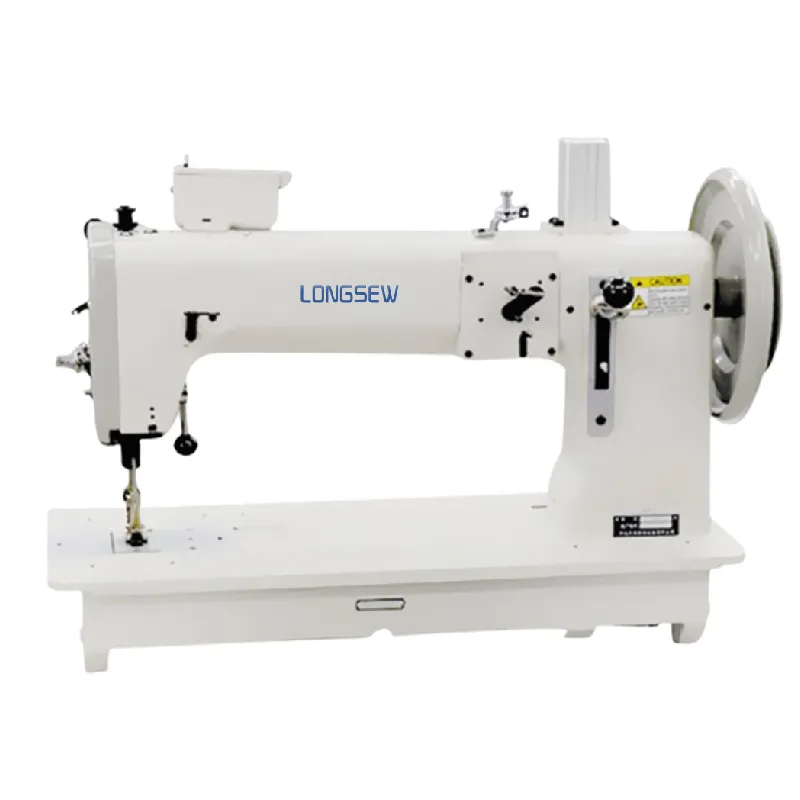Exploring the Versatility of Double Lock Stitch for Secure and Durable Fabrics
The Double Lock Stitch A Seamstress's Best Friend
Sewing is an art that has evolved over centuries, bringing together creativity and practicality. Among the various techniques used in sewing, the double lock stitch stands out as an essential method that offers superior strength and durability. This article delves into the intricacies of the double lock stitch, exploring its significance, application, and advantages in the world of textiles.
Understanding the Double Lock Stitch
The double lock stitch, often referred to as the “lockstitch,” is a type of stitch that is created using two threads one from the top and one from the bottom of the fabric. This method utilizes a sewing machine, which interlocks the upper and lower threads to form a tight, secure stitch. The result is a clean and closed seam that prevents fraying and unraveling. This stitch is distinct from other methods, such as the chain stitch or overlock stitch, which may lack the same level of durability.
The mechanics of the double lock stitch involve a needle that carries the upper thread down through the fabric, where it meets the lower thread from the bobbin. This meeting point creates a knot that locks the threads in place, forming a strong bond that can withstand tension and stress. This unique mechanism is why the double lock stitch is favored for various sewing projects, from garment construction to home décor.
Applications in Fashion and Industry
The versatility of the double lock stitch makes it a popular choice in both home sewing and industrial applications. In fashion design, it is commonly used for hemming pants, stitching seams, and creating decorative elements. The strength of the double lock stitch ensures that garments can endure the rigors of wear and tear, making it a staple in the clothing industry. Brands often rely on this stitching technique to maintain the quality and longevity of their products.
double lock stitch

In addition to clothing, the double lock stitch finds its application in various industries, including upholstery, leather goods, and even automotive manufacturing
. Items that require a robust stitching method, such as seats or heavy-duty bags, benefit from the reliability of the double lock stitch. This stitch can handle the stress of everyday use, ensuring that the products remain intact over time.Advantages of the Double Lock Stitch
One of the most significant advantages of the double lock stitch is its strength. The interlocking mechanism creates a stitch that is less likely to break under pressure, making it ideal for items that experience frequent movement or strain. Additionally, the stitch has a smooth finish, giving garments and textiles a polished look.
Another benefit is its ease of use. Most modern sewing machines are equipped to handle double lock stitching, making it accessible for both beginners and experienced sewists. With the right machine settings and thread tension, anyone can achieve clean, professional-looking seams.
Furthermore, the double lock stitch is versatile and can be adapted for various fabrics, including cotton, denim, and synthetic materials. This adaptability allows sewists to experiment with different textiles while relying on the durability of the stitch.
Conclusion
In the realm of sewing, the double lock stitch holds a prestigious place as a reliable and robust stitching technique. Its unique interlocking design not only provides strength and durability but also enhances the overall appearance of sewn items. Whether in the hands of a hobbyist or used in mass production, the double lock stitch remains an indispensable tool in the seamstress's arsenal. For anyone passionate about sewing, understanding and mastering this stitch is a crucial step toward creating high-quality, long-lasting textiles that stand the test of time.
-
Heavy Duty Leather Sewing Machine: A Must-Have for Professional LeatherworkNewsMay.28,2025
-
Leather Sewing Machine: Essential for High-Quality LeathercraftNewsMay.28,2025
-
Extra Heavy Duty Sewing Machine for Premium Leather ApplicationsNewsMay.28,2025
-
Walking Foot Cylinder Arm Sewing Machine: Precision and Power CombinedNewsMay.28,2025
-
Industrial Cylinder Arm Sewing Machine: Engineered for High-Performance StitchingNewsMay.28,2025
-
Cylinder Bed Sewing Machine: A Powerful Solution for Precision StitchingNewsMay.28,2025
-
Zigzag Sewing MachineNewsMay.12,2025





























